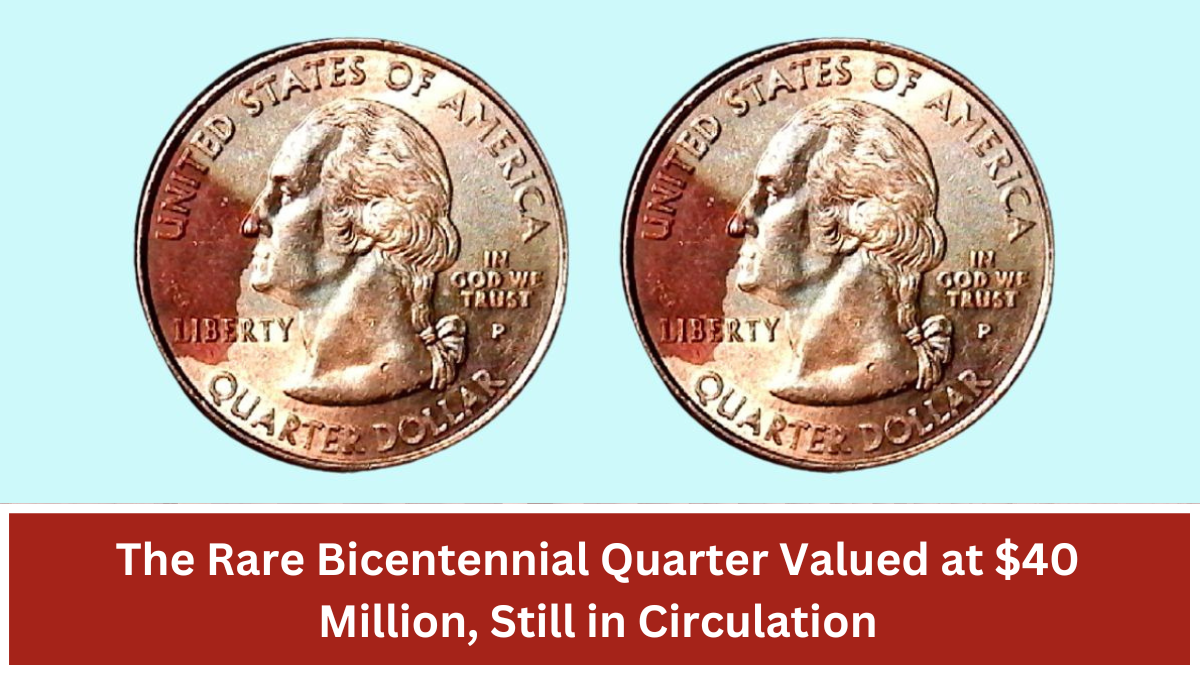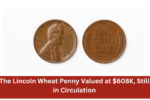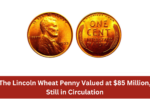The United States Bicentennial Quarter, minted to commemorate the 200th anniversary of American independence, holds a special place in the hearts of collectors and numismatists. While most of these coins are worth their face value of 25 cents, there is a rare variety that has captured the attention of the coin collecting community and is speculated to be worth an astounding $40 million. This incredible valuation stems from its rarity, historical significance, and unique characteristics. Let’s dive into the specifics of this coin and uncover what makes it so valuable.
Understanding the Bicentennial Quarter
The Bicentennial Quarter was minted in 1975 and 1976 and features a distinctive dual-date “1776-1976” on the obverse side. The reverse side, designed by Jack L. Ahr, showcases a colonial drummer and a torch encircled by 13 stars representing the original colonies. These quarters were produced in both copper-nickel clad composition and a 40% silver variety for collectors.
Key Details of the Bicentennial Quarter:
- Obverse Design: Features the portrait of George Washington designed by John Flanagan.
- Reverse Design: A colonial drummer with the inscriptions “United States of America,” “Quarter Dollar,” and “E Pluribus Unum.”
- Composition: Most are copper-nickel clad, but there are also 40% silver collector’s versions.
- Mint Marks: Produced at the Philadelphia (no mint mark), Denver (D), and San Francisco (S) Mints.
- Mintage Numbers:
- Philadelphia Mint: Over 809 million coins.
- Denver Mint: Over 860 million coins.
- San Francisco Mint (Proof and Silver Sets): Around 15 million coins.
The $40 Million Bicentennial Quarter: What Makes It Special?
While billions of Bicentennial Quarters were produced, not all are equal. The coin rumored to be worth $40 million is an alleged error coin with distinct and unique features that set it apart. Here are the primary factors contributing to its extraordinary valuation:
1. Minting Error
This particular coin is believed to have a striking error, such as being struck on the wrong planchet (a 40% silver planchet instead of a copper-nickel one) or double-dated with overlapping digits. Minting errors like these can exponentially increase a coin’s value.
2. High-Grade Condition
Coins graded as MS-68 or higher by the Professional Coin Grading Service (PCGS) or Numismatic Guaranty Company (NGC) are extremely rare. This particular coin is speculated to be in flawless condition, making it a numismatic treasure.
3. Historical Provenance
Provenance plays a significant role in the valuation of rare coins. If the coin’s history ties it to a specific event or collection, its value skyrockets. The $40 million Bicentennial Quarter might have such a story behind it.
4. Public Interest and Speculation
The coin’s rumored existence and value have stirred immense interest in the numismatic community. This hype, coupled with its rarity, fuels its staggering price tag.
How to Identify a Valuable Bicentennial Quarter
If you’re lucky enough to own a Bicentennial Quarter, here’s what to look for to determine its potential value:
- Check the Composition: Silver quarters weigh more than their copper-nickel counterparts (around 5.75 grams vs. 5.67 grams).
- Examine for Errors: Look for off-center strikes, double dates, or unusual mint marks.
- Grade the Coin: Higher-grade coins are more valuable. Professional grading services can help authenticate and grade your coin.
- Verify Provenance: If your coin has an interesting history or comes from a notable collection, it could be worth more.
FAQs About the Rare $40 Million Bicentennial Quarter
1. How can I tell if my Bicentennial Quarter is silver?
Silver Bicentennial Quarters were minted for collector sets and have an “S” mint mark. They weigh slightly more (5.75 grams) and have a distinct silver edge instead of the copper-nickel cladding visible on regular quarters.
2. What is a minting error, and why does it increase a coin’s value?
A minting error occurs when a coin is struck incorrectly, such as being struck on the wrong planchet or with misaligned designs. These errors are rare, making such coins highly desirable to collectors.
3. How can I have my Bicentennial Quarter graded?
You can submit your coin to professional grading services like PCGS or NGC. These organizations will authenticate, grade, and encapsulate your coin in a protective holder.
4. Are all Bicentennial Quarters valuable?
Most Bicentennial Quarters are worth their face value of 25 cents. However, high-grade, silver, or error coins can be worth significantly more, with rare examples fetching thousands or even millions of dollars.
5. Is the $40 million Bicentennial Quarter real?
While no such coin has been confirmed publicly, rumors persist in the numismatic community. The valuation is speculative, but it highlights the importance of checking your coins for unique characteristics.
Conclusion
The Bicentennial Quarter is a fascinating piece of American history and a must-have for any coin collector. While most of these coins are common, the possibility of finding a rare and valuable example adds an element of excitement to the hunt. Whether or not the $40 million Bicentennial Quarter exists, it serves as a reminder of the incredible stories coins can tell and the potential treasures hidden in plain sight. So, check your change—you never know what you might find!





